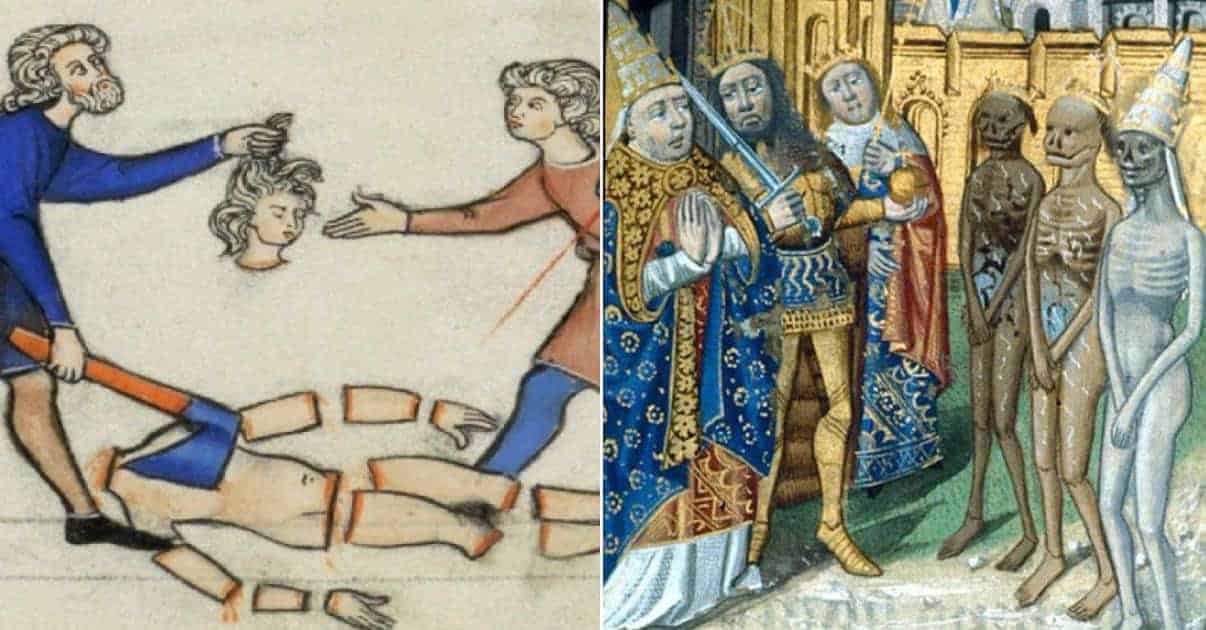When you hear the word “zombie,” you probably imagine armies of the dead rising from the grave to eat the brains of the living. That image has been burned into the popular imagination in recent years through movies and TV shows on the subject, but the idea is actually much older than that. In fact, for almost as long as people have been burying their deceased, they’ve dreaded the idea that they might return. Over the centuries, that has meant they needed to get creative if they wanted the dead to stay buried. And the means people have invented are as varied as people themselves.
Recently, researchers excavating the remains of a medieval English village made a grisly discovery. Hundreds of skeletons unearthed from the site showed evidence of being chopped up or smashed, almost as if they had been butchered. Of course, this sort of find is actually quite common in archaeology. It’s typically evidence of cannibalism occurring in a community during a famine. But the researchers were convinced that this grim scenario wasn’t the answer in this case. The cut marks on the bones weren’t consistent with cannibalism. Instead, the researchers had stumbled upon something far stranger.

The archaeologists working at the site believe that the marks on the bones actually indicated that the bodies were carefully dismembered before being buried. And they theorized that the explanation was that the villagers were trying to prevent the dead from rising from their graves. Even more surprisingly, radiocarbon dating of the remains showed that they had been interred over a period of several hundred years, revealing that the fear of the walking dead was prevalent in the region for centuries. It’s a fear that’s hard for the modern mind to comprehend, so just why were the villagers so afraid of the corpses?
Chalking the fear up to the threat of “zombies” is perhaps a bit inaccurate. The concept of walking corpses hungering for brains would have been unrecognizable to these villagers. The word itself actually comes from Haitian Creole and probably dates to around 500 years after the bodies found in England were buried. In Haitian folklore, the zombie is a corpse raised from the dead by voodoo and forced to serve a “bokor,” or sorcerer. But the idea that a zombie consumed human flesh wasn’t part of the original folklore.

The people of Medieval Period actually had a much different conception of the living dead. But all across the world, people did have a firm belief that it was possible for a corpse to walk again and haunt the living. The form that this idea took was different across different cultures, but they had a number of elements in common. All of the different stories of the living dead made it clear that they were a danger to the living. And all agreed they needed to be destroyed.

